Game Theory-Based Modeling of Government–Enterprise Behavior in Exhaust Emission and Testing and Policy Optimization
DOI: 10.23977/tracam.2025.050105 | Downloads: 1 | Views: 269
Author(s)
Zhu Yunbo 1
Affiliation(s)
1 Beijing No.2 Middle School, No. 15 Neiwubu Street, Dongcheng District, Beijing, China
Corresponding Author
Zhu YunboABSTRACT
Conflicting objectives exist between government and enterprises: the government aims to minimize detection failure rates, while enterprises seek to minimize compliance costs. Also, information asymmetry exists, where enterprises conceal actual emissions data, and regulatory agencies face resource constraints. To reveal the equilibrium state of government–enterprise behavior in emissions detection, policy effectiveness through mathematical modeling is validated. By adjusting payoff matrix parameters, transforms non-cooperative equilibria can be transformed into near-cooperative Pareto-improved states, enhancing overall social welfare. This demonstrates the optimization value of game theory for emissions detection under resource constraints. The constructed mixed-strategy payoff matrix for government-enterprise games displays that government monitoring can enhance penalty enforcement and cost-reduction efficiency improvement policies. Furthermore, incorporating long-term models is necessary to drive enterprises toward compliant emissions.
KEYWORDS
Mixed Strategy; Waste Gas (Exhaust); Government–Enterprise GameCITE THIS PAPER
Zhu Yunbo, Game Theory-Based Modeling of Government–Enterprise Behavior in Exhaust Emission and Testing and Policy Optimization. Transactions on Computational and Applied Mathematics (2025) Vol. 5: 37-44. DOI: http://dx.doi.org/10.23977/tracam.2025.050105.
REFERENCES
[1] Zhao, Z. B., Sheng, S. Y., Zhang, Q. R., Li, Y. J., & Yang, X. H. (2023). The emission reduction effect and collaborative design of parallel Carbon Emission Trading and Tradable Green Certificate policies in the power industry. Systems Engineering: Theory & Practice, 1–19. doi_org.share.sclib.cn/10.12011/SETP2023-2323.
[2] Liu, X. Y., & Zhang, K. (2023). Environmental regulation, pollution reduction and corporate production method transformation: An empirical study based on key monitoring policies. World Economic Papers, (02), 108–120. doi_org. share.sclib.cn/CNKI:SUN:SZWH.0.2023-02-007.
[3] Zhao, T., Li, X. S., Zhou, H., Ding, Y., Yang, B., Wang, W. T., & Wang, P. (2025). Electricity carbon coupled market modeling method and market optimization mechanism based on dynamic carbon emission intensity. Electric Power, 58(04), 31–43.
[4] Jiao, Z. Q., Zhang, W. G., Wang, H. R., & Li, A. H. (2017). Simulating industrial water pollution control on a multi-agent model. Journal of Beijing Normal University (Natural Science), 53(04), 486–492. doi_org.share.sclib.cn/10. 16360/j.cnki.jbnuns.2017.04.018.
[5] Liu, C. X., Wang, Z., & Tian, Y. (2016). Global cooperation on carbon mitigation by applying game theory. Chinese Science Bulletin, 61(07), 771–781. doi.org/CNKI:SUN:KXTB.0.2016-07-015.
[6] Peng, Y. (2013). Government responsibility, power industry development and environmental pollution control. Research on Financial and Economic Issues, (02), 32–38. doi_org.share.sclib.cn/CNKI:SUN:CJWT.0.2013-02-006.
[7] Sun, J., Liu, B., & Rao, G. M. (2023). Environmental protection tax, carbon trading, and synergizing the reduction of industrial pollution and carbon emissions in China. China Population, Resources and Environment, 33(11), 13–24. doi_org.share.sclib.cn/CNKI:SUN:ZGRZ.0.2023-11-021.
[8] Zhang, G. N., Dong, W. T., & Zhang, H. Y. (2017). A comparative study on effects of local government tax competition on environmental pollution: Based on national and regional perspective. Ecological Economy, 33(01), 28–32+42. doi_org.share.sclib.cn/CNKI:SUN:STJJ.0.2017-01-006.
[9] Liu, W. Y. (2018). A study of effects of local government tax competition on environmental pollution: From the national and regional perspective. Journal of Jiangxi Normal University (Philosophy and Social Sciences Edition), 51(04), 81–89. doi_org.share.sclib.cn/CNKI:SUN:JXSZ.0.2018-04-011.
[10] Chen, B., Gegentana, & Wang, Y. S. (2023). The impact of environmental regulations on enterprise pollution emission from the perspective of “overseeing the government”. Sustainability, 15(14), 11311. doi. org/10. 3390/su151411311
[11] Li, D., & Shen, B. (2023). An analysis in production strategies with emissions cap regulation in global trade: Production transfer versus remanufacturing. Annals of Operations Research, 1–30. doi. org/10. 1007/s10479-023-05407-1
[12] Peng, Y., Zhou, T., & Xu, Y. A. (2013). Analysis of the impact of investment in environmental protection under environmental regulation on industrial emission reduction: Based on China’s provincial-level industrial panel data with GMM method. Journal of Industrial Technology and Economy, 32(08), 123–131. doi_org.share.sclib.cn/CNKI: SUN: GHZJ.0.2013-08-018.
[13] Mohseni, E., Mohamadi, D., & Goli, A. (2025). Scenario-based mathematical modeling for biofuel supply chain design. Industrial Management Journal, 17(3), 117–160. doi: 10.22059/imj.2025.388398.1008221
[14] Yuan, K. H., & Li, H. J. (2015). The dilemma of strategic emissions reduction amid government–enterprise collusion: An empirical examination at the level of industrial waste gases. China Population, Resources and Environment, 25(01), 134–141. doi_org.share.sclib.cn/CNKI:SUN:ZGRZ.0.2015-01-019.
[15] Li, H. J., & Tan, D. Q. (2024). How to control waste incineration pollution? Cost-sharing or penalty mechanism: Based on two differential game models. Decision Analysis, 21(2), 91–109. doi.org/10.1287/deca.2023.0078
| Downloads: | 646 |
|---|---|
| Visits: | 51501 |
Sponsors, Associates, and Links
-
International Journal of Power Engineering and Engineering Thermophysics
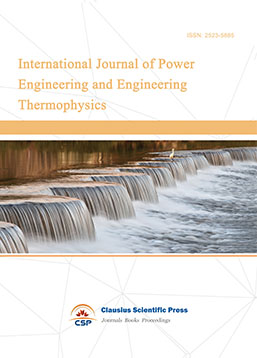
-
Numerical Algebra and Scientific Computing
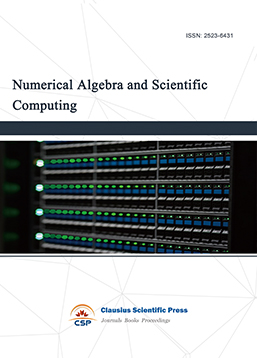
-
Journal of Physics Through Computation
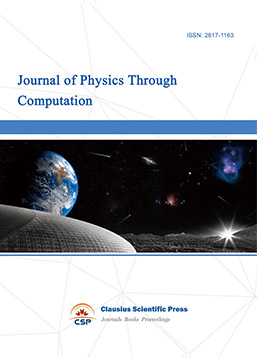
-
Transactions on Particle and Nuclear Physics
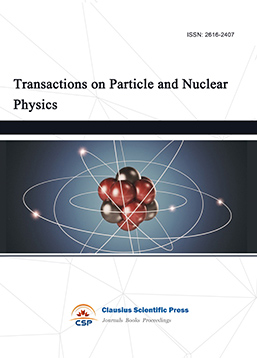
-
Journal of Probability and Mathematical Statistics
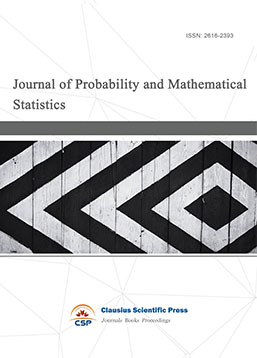
-
Multibody Systems, Nonlinear Dynamics and Control
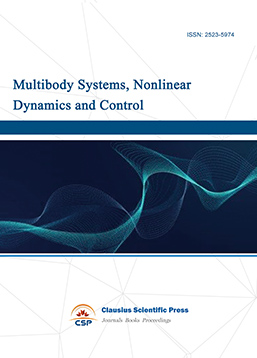
-
Complex Analysis and Geometry
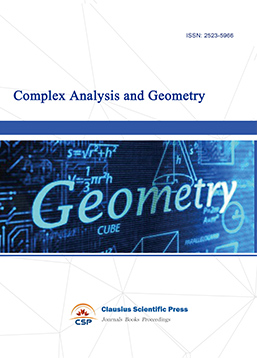
-
Dynamical Systems and Differential Equations
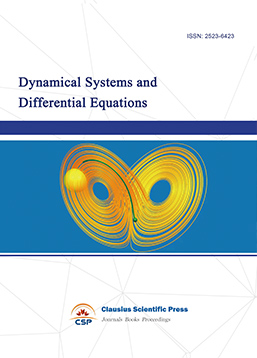
-
Acoustics, Optics and Radio Physics
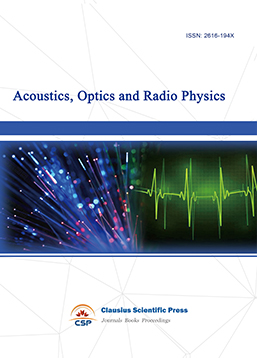
-
Progress in Atomic and Molecular Physics
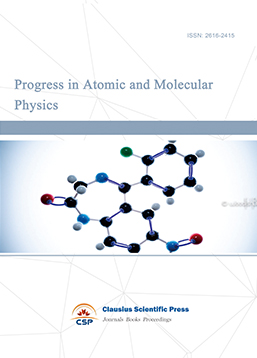
-
Transactions on Condensed Matter Physics
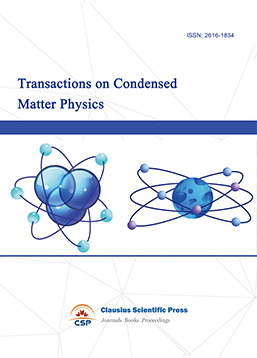
-
Progress in Plasma Physics
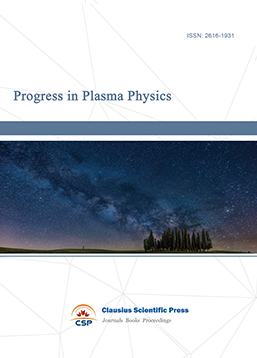
-
Combinatorics and Graph Theory
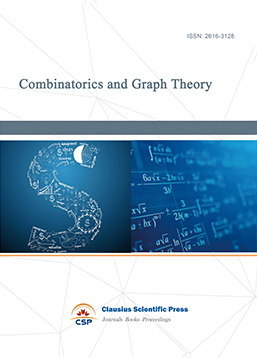
-
Research and Practice of Mathematics & Statistics
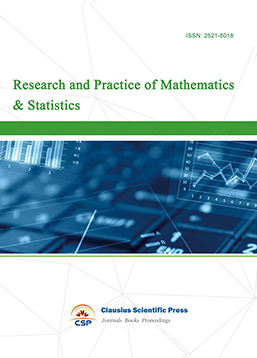
-
Nuclear Techniques and Applications
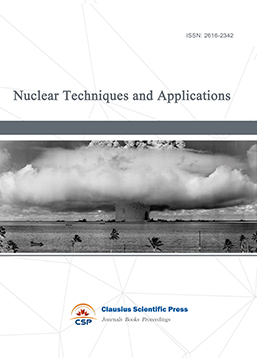
-
Journal of Photonics Research
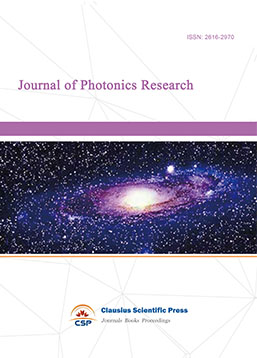
-
Journal of Compressors and Refrigeration
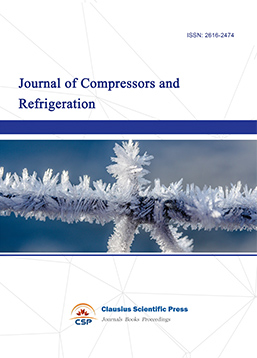
-
Journal of Theoretical Physics Frontiers
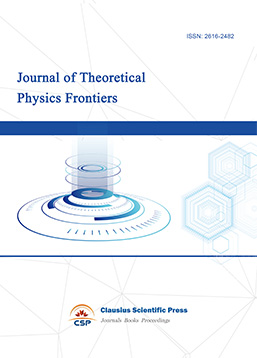
-
Journal of Nonlinear Science and Complexity
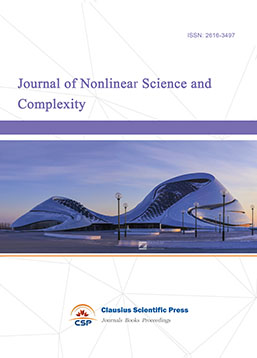
-
Vacuum Science Journal
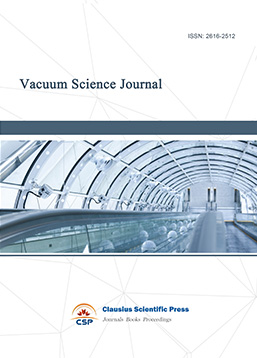
-
Computational Fluid Dynamics
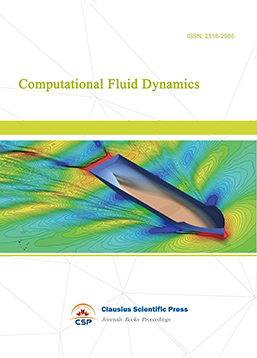

 Download as PDF
Download as PDF